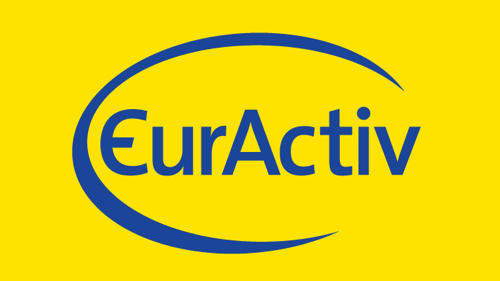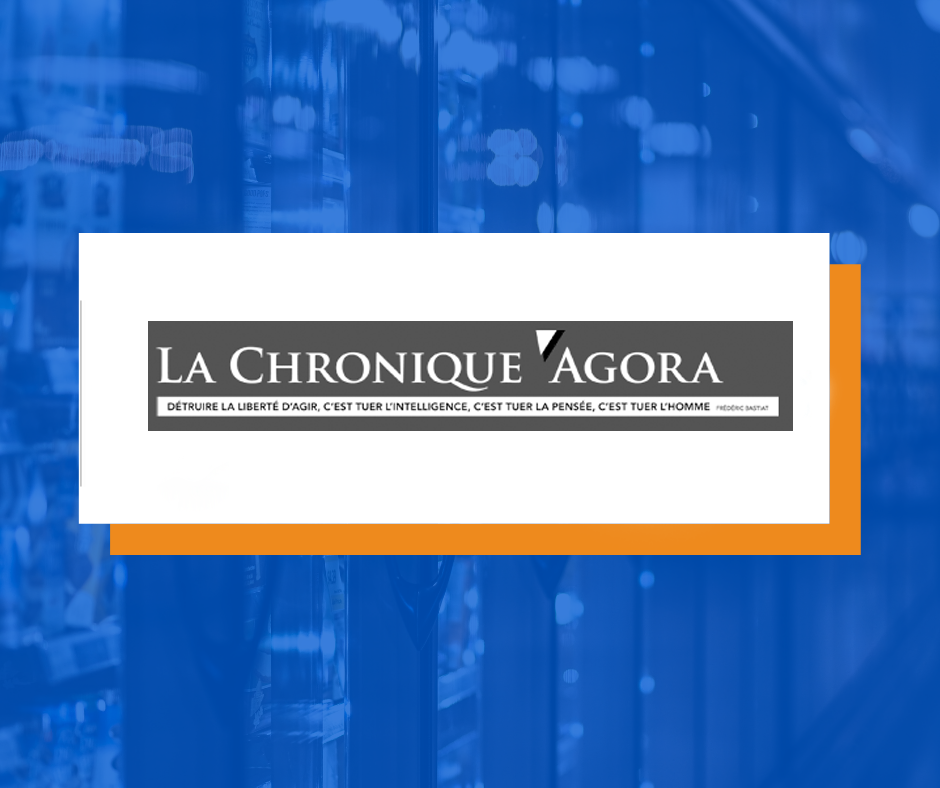EURACTIV: The Commission’s recent musings on the social dimension of Europe touches on common drug pricing among member states.
But it misses out on solutions for faster access to medicine.
By Fred Roeder | Consumer Choice Centre
Long approval processes and prospective reimbursement lists limit consumer and patient choice and access to innovative treatments. One discussed reform proposal would allow patients to get access to innovation up to seven years earlier than now. This could be a silver bullet to reduce drug costs per treatment.
More and more governments of EU member states aim to reduce procurement costs for innovative drugs by merging their drug purchasing and price negotiation efforts. This could lead to lower public expenditures on costly drugs as it also opens the floodgates of rationing innovative medicine.
A harmonised and merged purchasing system could lead to the lowest common denominator when it comes to reimbursing innovative medicines. This could come at the expense of patients looking for innovative treatments.
We need to acknowledge that most European countries’ public finances don’t allow for larger public healthcare spending. Thus governments need to make it easier for patients to purchase supplementary insurance that covers innovative drugs. This can happen through market-oriented health care reforms and offering incentives to purchase supplementary insurance.
Allowing innovative funding mechanisms would be a transparent and easy way to upgrade one’s insurance coverage. This would allow consumers access to more innovative medicine.
Regulators could and should reduce red tape when it comes to testing and introducing drugs to the market. Shortening the time trials take would increase the time drugs are patent protected and on the market.
That would allow for a better price calculation, increased savings per treatment, and the latest drugs for those who need them most.
Additionally, mutual recognition of drug approval authorities on both sides of the Atlantic would incentivise European authorities and the FDA to spend less on reviews. Patients would be able to choose the best of both worlds: No matter if the FDA or EMA approved a drug first, European and American patients would have immediately access to it.
Introducing drugs earlier to patients by allowing them an individual regulatory opt out is another tool that helps to make drugs available earlier and more affordable. In Japan, health policy makers have implemented a system allowing not-yet-approved drugs to be sold after safety and early efficacy has been demonstrated.
This concept is called free-to-choose-medicine, developed by the American economist Bartley Madden.
Patients, assisted by their doctors, would be able to agree with a drug manufacturer to use not-yet-approved drugs that have successfully completed Phase I safety trials. This could make these drugs available up to seven years before conventional approval by regulators.
While this enables patients to access drugs much earlier, it also expands the timespan of the patents. An average patented drug 10-14 years of patent protection on average while being sold to patients.
This opt-out would increase the timespan of patented drugs on the market by 50-70%, and thus allow innovative pharmaceutical companies a higher overall revenue even if the costs per treatment are cut by double digits.
While breakthroughs in medical research allow humans to live longer and more enjoyable lives, regulators push for more restrictive price controls of pharmaceuticals. This makes market access more difficult for innovative drugs.
The rapid development of the Ebola vaccine demonstrates how private investment and innovation can help humanity. Embracing a patient’s’ right to choose which drug he wants to access and what funding scheme he wants to use for it would boost empowerment of patients, foster progress and innovation, and could safe billions in healthcare spending.





